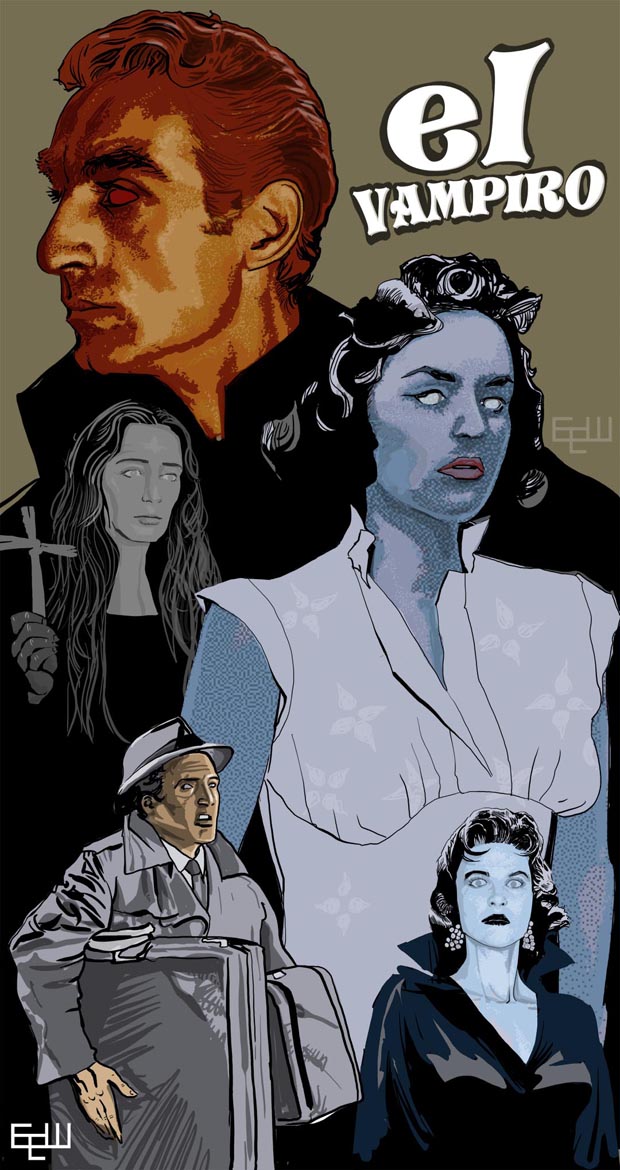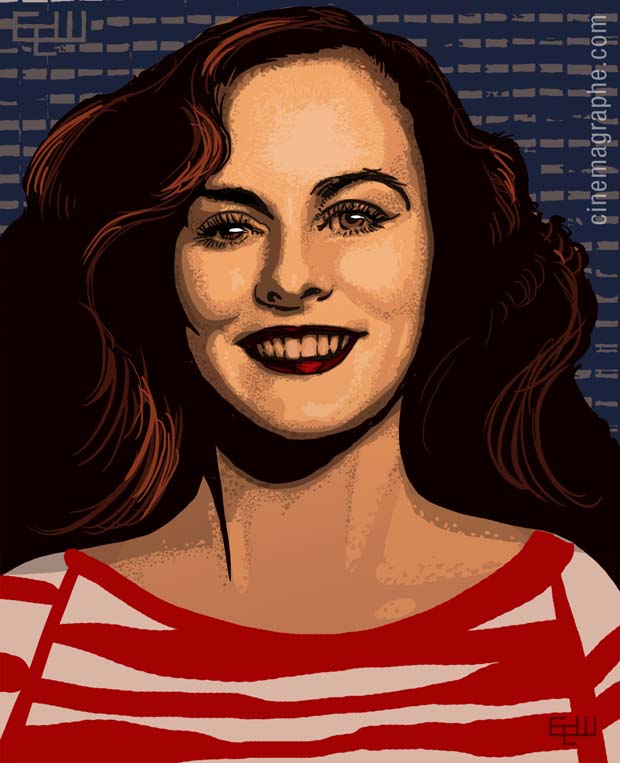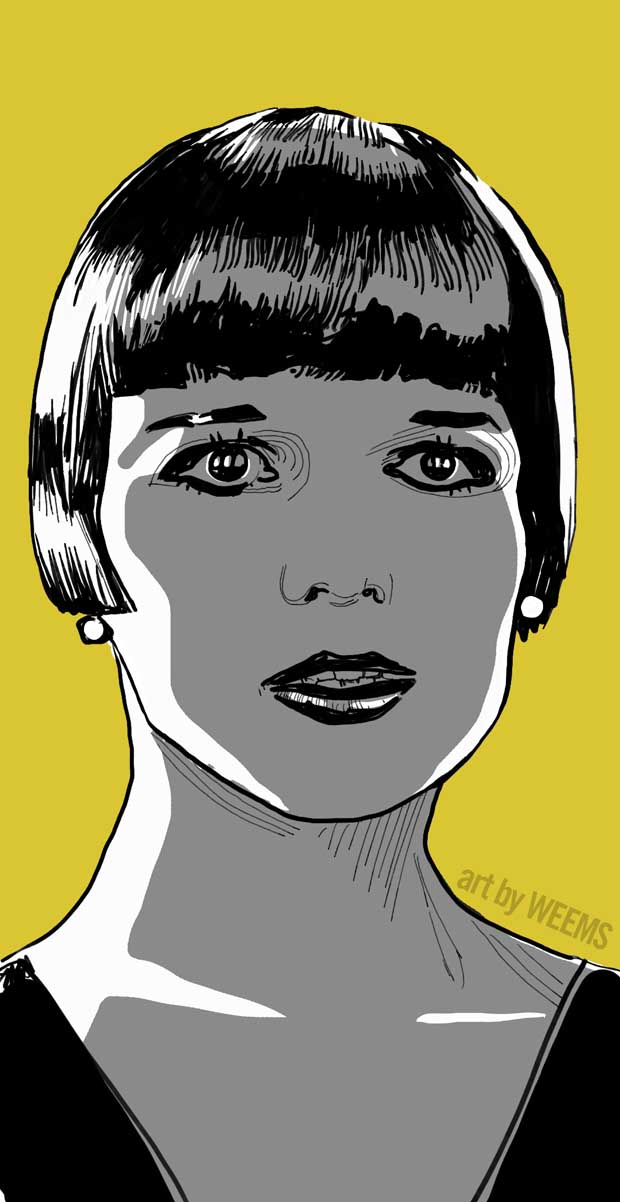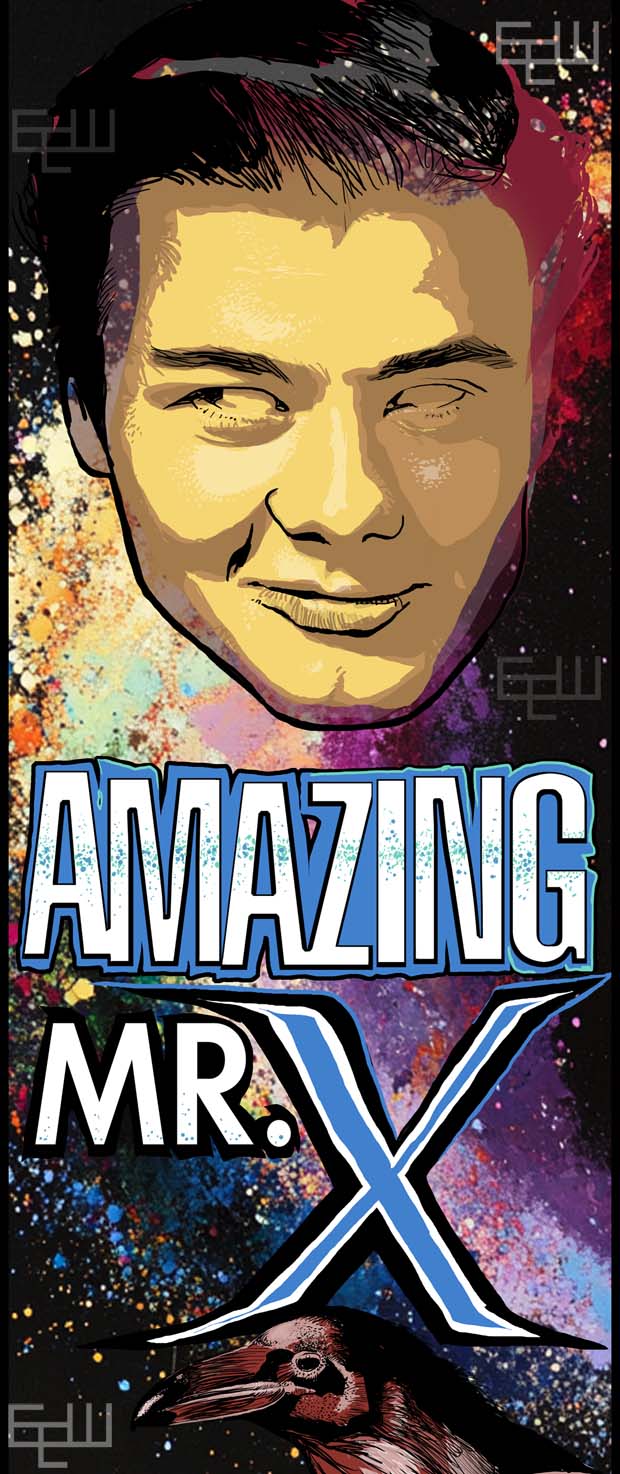Reviews of Classic Film, with artwork and news
LAST UPDATE July 11, 2025
Criterion disks are on sale 50% off at Barnes and Noble - - online and in the retail stores. – Barnesandnoble
Fast Review: Something for the Boys - 1944: This Technicolor musical released the year-before-the-last-year of World War II has a cheery disposition and features the military heavily ("There's a war on" gets repeated a lot), but it somehow doesn't touch upon World War II at all. Something for the Boys could just as easily been a film that came out before Pearl Harbor, like, for example, Buck Privates, it has a comedy story (and a lot of tunes) built around war-practice ("War Games") between two opposing sides operating a bit like football teams and derived from the local Army base. Unlike that Abbott and Costello pre-war gem, though, this film doesn't spend any time trying to sell the necessity of global conflict upon an American audience, instead it quickly slides sideways into the more pleasant problems of romance, trouble with money, crossed-up relationships with authority figures, old girlfriends, and the problem of how to put on a proper variety show.
Front and center, though, are two singers and a comedian: Carmen Miranda as Chiquita Hart, Vivian Blaine as Blossom Hart, and Phil Silvers as Harry Hart - that's right, the three are related, cousins who've each inherited a share of a dilapidated Southern Mansion. Each Cousin is a professional entertainer and in desperate need of funds, and selling off the inheritance seems like the first order of business. But when a Sergeant from the local army base (Michael O'Shea as Ronald 'Rocky' Fulton) comes around wanting to make a deal in which he and his fellow servicemen will fix the place up in exchange for making it into a Inn where the men's wives can live, cooperation abounds, and that it also, after repair, look like a Southern Gothic Night Club comes in very handy.
For our four main stars, each gets showcase moments, and the Technicolor work is first class with carefully lighted scenes, especially for Carmen Miranda who engages the camera so directly its as if she's running for national office. A developing love story between O'Shea and Blaine is made complicated (and a bit goofy) when old girlfriend (Sheila Ryan as Melanie Walker) shows up with an arrogant attitude that's begging for comeuppance, just not right away. Phil Silvers talks fast and talks a lot, and gets beaten in poker and is shown being hung upside down as the army men try to get the money owed them from his empty pockets.
There is a slightly raised level of tension during the war games section of the film toward the end. This envelopes the main set of the mansion and the stars' characters, and this is as close as we get to any real feeling that outside of this colorful bubble of laughter, tunes and romance there's a galloping international conflict that is racking up a high body count.
4K edition of Old Dark House (Karloff version) releasing July 28 – Eurekavideo
The 1939 Midnight with Colbert, Ameche and John Barrymore released on Blu Ray – Criterion
The June and July Warner Archive releases – Blu Ray
- His Kind of Woman (1951)
- Splendor in the Grass (1961)
- Executive Suite (1954)
- The Enchanted Cottage (1945)
- A Date with Judy (1948)
- The Citadel (1938)
Hammer Films 14-Movie Bundle – Shout Factory
KinoLorber has a 700+ title "summer sale" with Blurays and DVDs.
The Mark of Zorro - 1940
Zorro (Tyrone Power) uses a fast sword and a fast horse to fight harsh governmental corruption and oppression in 1820's Los Angeles. Meanwhile, he also maintains his other identity as the lazy, wealthy and snobby Don Diego Vega, so non-threatening that Basil Rathbone (as the dangerous Captain Esteban Pasquale) doesn't suspect him for a moment while he is hunting high and low for who is the black clad, masked figure who leaves a "Z" in his wake, cut into walls, clothing and soldier's chests.
The Woman They Almost Lynched - 1953
Two strong-willed women (played by Audrey Totter and Joan Leslie) with a knack for survival and skilled with side-arms go head-to-head in Border City, a town right on the line between Arkansas and Missouri during the American Civil War. Ruled by women and self-declared "neutral" in the war between the states, its also the place where the bandit guerilla fighting group Quaintril's Raiders have come to use the local saloon, and from there things get quickly complicated and violent.
The Woman They Almost Lynched - 1953

The Cat Girl - 1957: Barbara Shelley (as Leonora Johnson) has got a major problem on her hands: her family legend is that, when emotionally triggered, they become dangerous cats. This is hardly something that makes for a healthy and rewarding existence, and problems (whether triggered into feline anger or not) follow in the woman's path, leading eventually to a stay at an asylum and wrapped in a straight-jacket.
More about The Cat Girl - 1957
El Vampiro, 1957: If you watch this film and say to yourself "Hey, they must've watched the Christopher Lee Horror of Dracula before making this version" you'll need to switch the order around because El Vampiro was first, released October 4, 1957, predating the Hammer Dracula of June 16, 1958.
The recent Blu Ray edition from Indicator for El Vampiro looks exceptionally well preserved and converted for home video. More about El Vampiro.
An original fine print of the original 1977 Star Wars screened at BFI Festival with Kathleeen Kennedy in attendance – Superherohype
The print’s discovery came as a surprise, and quickly led to a stir amongst fans online. George Lucas infamously did not like the very first print of Star Wars (which would later be renamed to Star Wars Episode IV: A New Hope), and would tinker with it in the years after its release. Specifically, Lucas added the now infamous opening crawl, and changed the scene in the Mos Eisley cantina, making it so that bounty hunter Greedo shoots at Han Solo first, rather than vice versa...."
Sophia Loren's role in making Greece a place for Hollywood films
She praises the island of Hydra, location of her 1957 film Boy on A Dolphin. Story at Greek Reporter
How Athens keeps alive the tradition of hand-painted movie posters
Story at le Monde
Fast Review: The Adventures of Hajji Baba - 1954: A young John Derek plays the ambitious barber Hajji Baba in early 1800s Persia, full of grandiose plans for his future—much to the laughter of his customers. He makes a wager with the successful traveling merchant Osman Aga (Thomas Gomez) that he will achieve great things (by the end we will see Osman as rich, then destitute, then rich all over again). Soon, circumstances conspire to put the barber in a position where he must either live up to his bold promises—or, well, he's dead.
More on The Adventures of Hajji Baba – 1954
Why Gone with the Wind Is Probably the Highest-Earning Film Ever
And Why the Conditions of Its Success Have Locked It into an Unreachable Position
The Billion-Dollar Caveat: There is a certain school of thought that holds Gone with the Wind (1939) as the all-time earnings champion of the film medium. When adjusted for inflation, ticket prices, distribution reach, and continual re-release revenues, the film retains an accumulated box office total that remains virtually unreachable.
More about Why Gone with the Wind Is Probably the Highest-Earning Film Ever
Pandora's Box
G. W. Pabst directs Louise Brooks as "Lulu" and makes a seminal cinemagraphic icon of German and international cinema.
Review of Pandora's Box - 1929
Fast Reviews
Lover Come Back – 1961: Doris Day and Rock Hudson in another war of the sexes comedy, with Tony Randall along, too, playing a part rather close to the character played by John Williams as Irving La Salle Jr., in the superior advertising world story Will Success Spoil Rock Hunter? (1957), a film where Tony Randall was the star (paired with Jayne Mansfield). Here, Randall is demoted (or promoted, depending upon your point of view) to actually running an advertising firm, and trying to control and understand the firm's star advertising agent played by Hudson. Meanwhile, a competition with another firm (where Doris Day's character works) bubbles up, and with a twist right out of Pillow Talk (another Day-Hudson comedy), Hudson concocts an alternative identity as a naive' and innocent chemist working on a secret consumer product called "Vip" which Doris Day's hard-working advertising agent desperately wants for her firm.
A colorful film with well-engineered jokes, a bit more smarmy than the other Day-Hudson comedies, and with plenty of scenes in which the humor is derived simply from the camera being aimed right at Doris Day and seeing how she reacts to something (for example, when she and Hudson end up in a striptease place).
Review
Shanghai Express – 1932: The problem with this Josef Sternberg film, though it is beautifully photographed and contains a nice panorama of characters on a dangerous ride by rail through war-torn China, is that the star, Marlene Dietrich, mugs for the camera in ways that seem directly lifted from a primitive silent film. She rolls her eyes frequently as if to help visually to enunciate her dialogue, but the eye rolling seems out of synch and she does gesticulations with her hands that also seem out of synch, as if her English language skills and her mannerisms are operating on two different levels, which is to say, the artifice of Dietrich's acting in Shanghai Express is thick and heavy.
More review of Shanghai Express
4K Disc releases from Eureka in July 2025
4K High Noon – The 1952 Gary Cooper and Grace Kelly film with a booklet, plus a list of documentaries, interviews and commentaries. Eureka Page about High noon
4K The Old Dark House – 1932 Karloff film with Charles Laughton, Melvyn Douglas and Gloria Stuart, also includes audio commentary track with Gloria Stuart. Eureka 4k Old Dark House page - I can remember when seeing The Old Dark House was next to impossible such that a special showing at the Library of Congress around 1983 was considered a major event (that is, for old, hard-to-see movies).
Review: The Amazing Mr. X – 1948
Turhan Bey plays a con-artist-spiritualist who is set upon exploiting the loneliness and gullibility of two sisters, but then is drawn into a much more dangerous plot involving murder – more about The Amazing Mr X
New discs from Criterion in August:
Shoeshine (1946) Vittorio De Sica’s Academy Award–winning film about tough times for small kids in post war Italy: two little boys struggle to save enough money by shining shoes to obtain a horse– Criterion page
Cairo Station (1958) Youssef Chahine film about the people centered around an Egyptian rail station and the conditions showing a "raw populist poetry" - Criterion Page
Review: The City Without Jews – 1924
"Utopia" (which looks exactly like Vienna) is plunged into turmoil when the government, seeking to please powerful anti-Semites in their own country and to also give a windfall of job openings to the rest of the populace, passes a law to expel all the Jews. Unique film made that portrays a future that was only a decade away in reality - More about The City Without Jews, 1924
Blu Ray disc of the 1967 Taming of the Shrew coming
The Franco Zeffirelli version, starring Richard Burton and Elizabeth Taylor, includes commentary tracks, documentaries, and an in-case booklet featuring an essay on the film. Scheduled for release in July from Powerhouse Films
Diary of A Chamber Maid - 1946
Diary of A Chamber Maid – 1946
Paulette Goddard works, survives and then triumphs as a lowly chambermaid on a French country estate, putting up with not only the people around her and their sometimes crazy plans, but also her own short-sighted ambitions.
More about the Jean Renoir film Diary of A Chambermaid, 1946
Belief-Code, Body Code and T3 Therapy? See Belief Code Therapy.com





